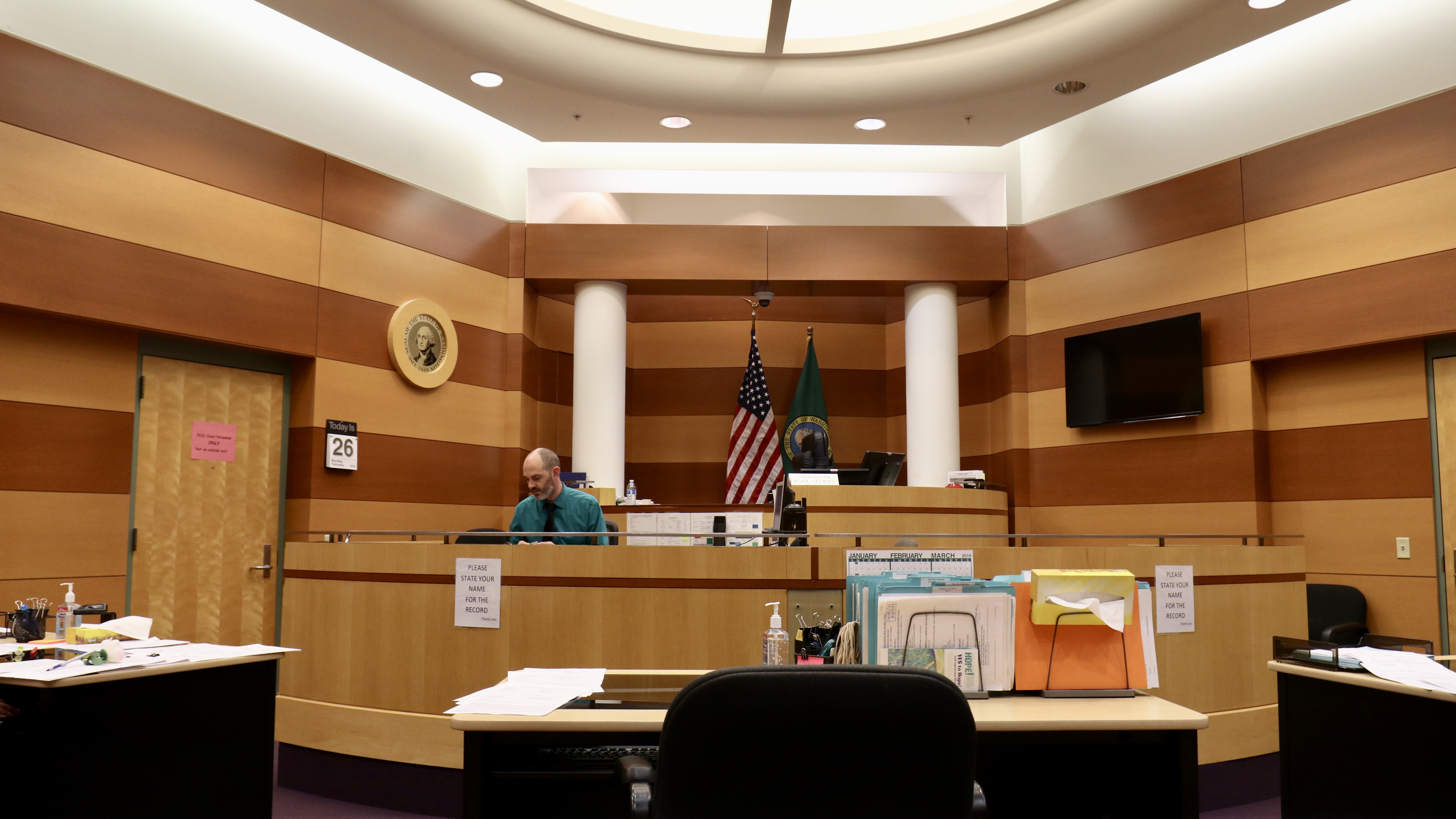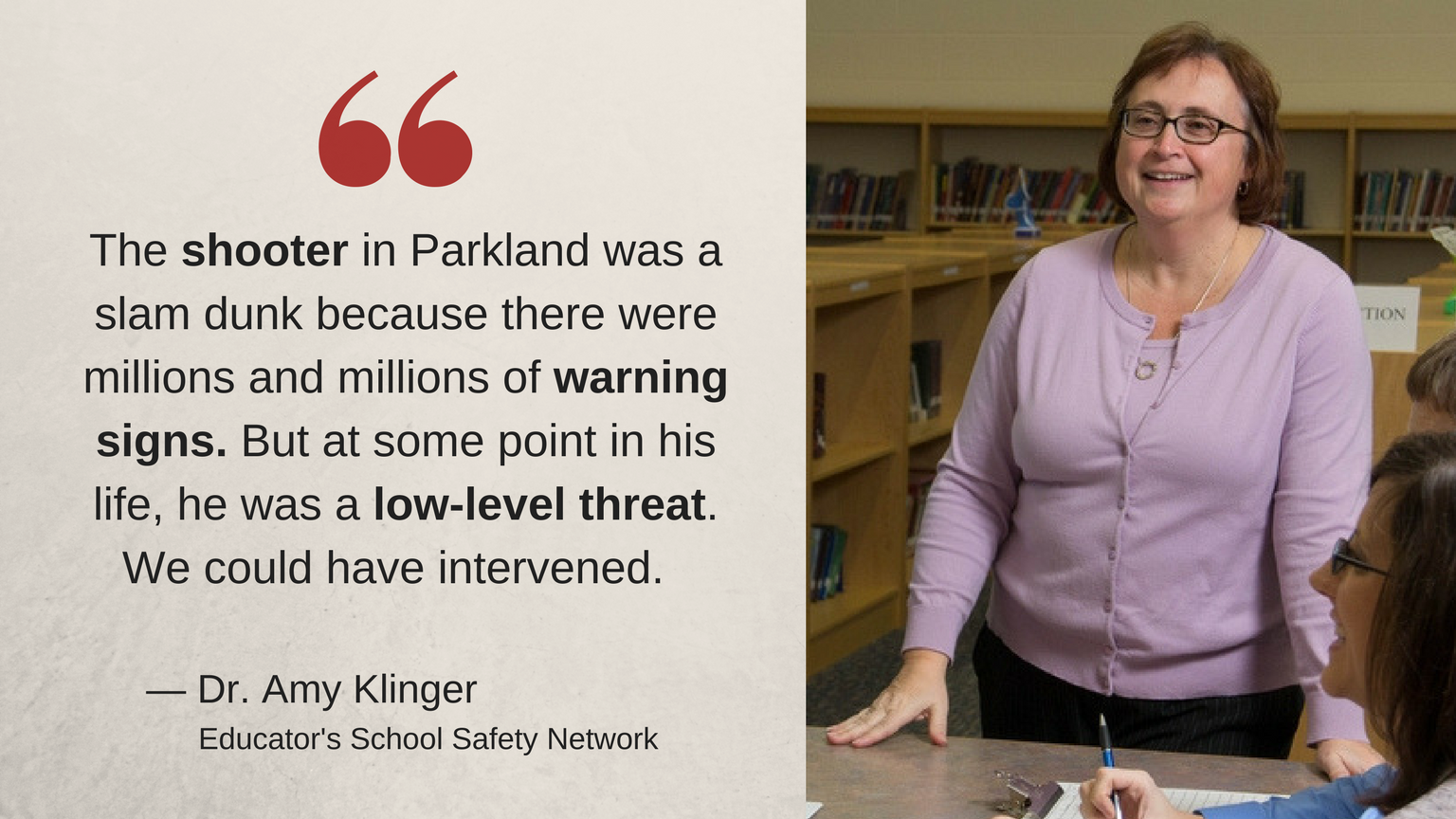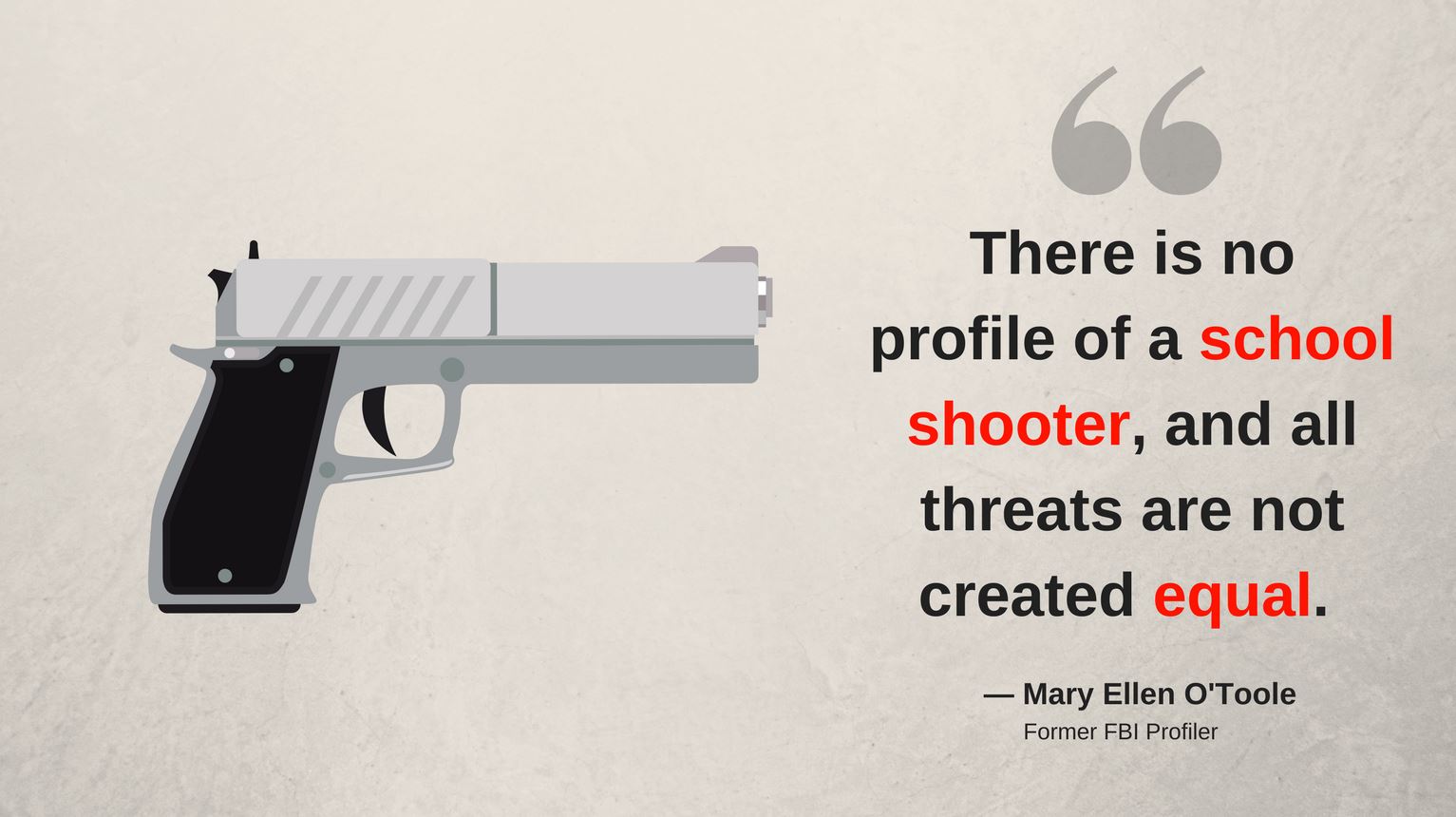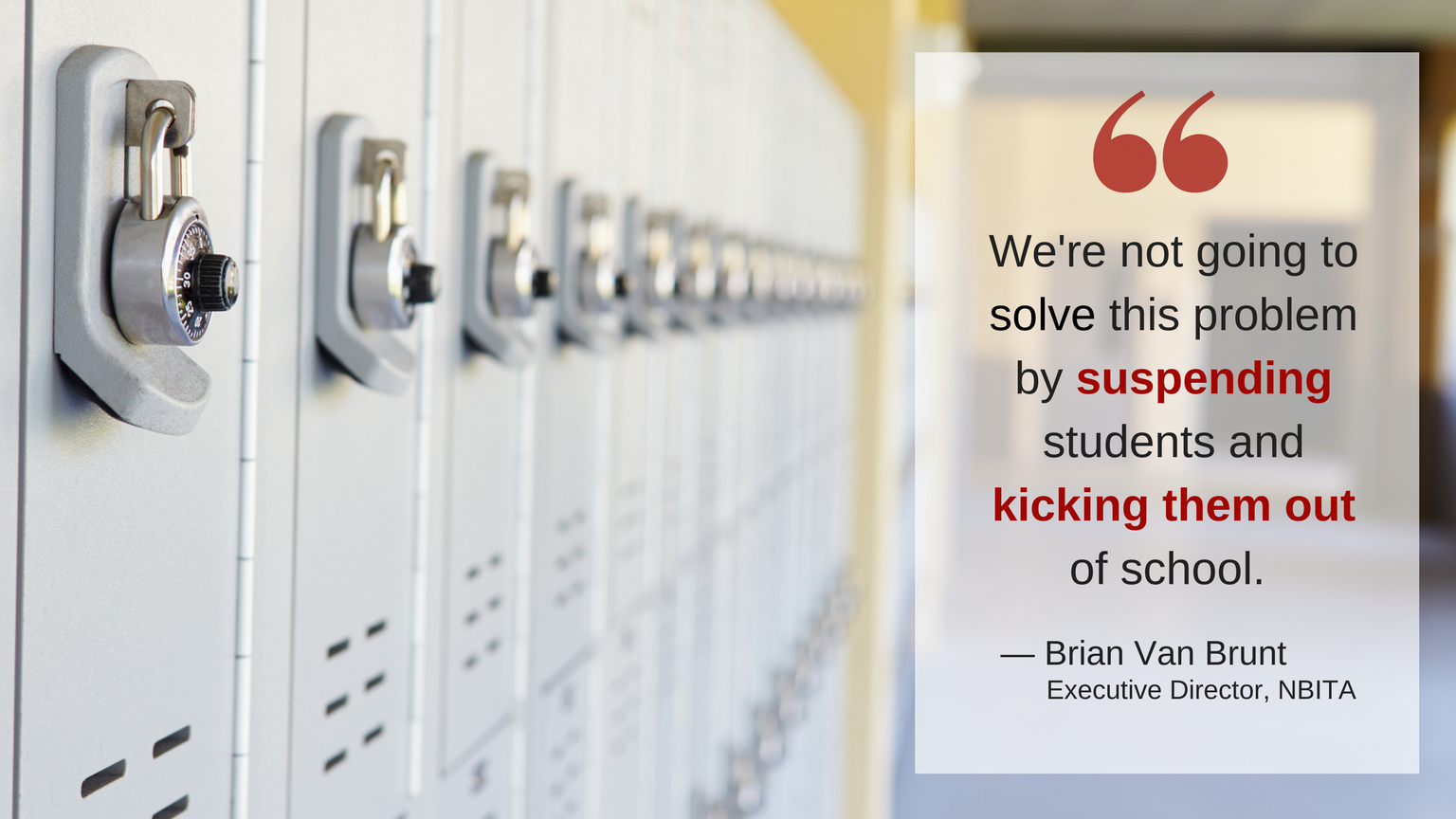TACOMA — A corrections officer shuffled the 12-year-old Truman Middle School defendant out of the juvenile courtroom before his older sister had time to wipe her tears.
They had to make way for the next case on the docket, a 15-year-old Lincoln High School student who would face felony harassment charges for making school shooting threats on social media, too.
Five minutes later, another boy arrived with his hands behind his back. He was a 17-year-old Spanaway Lake High School student accused of making threats on the bus to "shoot up" his school.

The circumstances in that courtroom on Feb. 27 seemed to be unique — three unrelated hearings in a span of fewer than 15 minutes for three students, all charged with making threats against their Pierce County schools. But in the wake of the mass school shooting in Parkland, Florida, sorting through an influx of empty threats and acting on concerning ones is a reality Washington school officials are now faced with daily.
"Ninety percent of what we're seeing in schools is the people who are trolling and (making threats) for inappropriate attention," said Brian Van Brunt, executive director of the National Behavioral Intervention Team Association. "The problem is, though, it's the needle in the haystack. If there are 10 kids at school writing that they are planning a bomb threat, you don't want to miss the one that really means it."

The issue, school safety experts say, is that the "needle in the haystack" could go unnoticed because not all 295 Washington school districts are equipped with the resources to evaluate student school threats in a meaningful way.
"Informally, we know that our districts are somewhat all over the board a little bit," said Larry Francois, superintendent of the Northwest Educational Service District (ESD), which offers support to 35 school districts in Snohomish, Whatcom, Skagit and San Juan counties. "There are districts that probably have nothing (formal) in place to districts that have fairly well-developed threat assessment plans in place.”
The state does not require teachers, administrators and school resource officers to receive threat assessment training, and there's no state review of a district's plans to identify threats and respond to concerning behavior.
“My impression is — where schools all over the country know how to do a lockdown drill, active shooter training and emergency response, very few seem to have a threat assessment processes in place,” said Peter Langman, a psychologist and one of the country's foremost experts on school shooters. “The schools have focused on the response piece — the reactive piece.”
State Doesn't Track School Plans
Threat assessment doesn't refer to lock down procedures or the physical structures in school buildings that keep students safe. It's is a violence prevention process, where trained professionals determine the credibility and seriousness of a threat. In the best case scenario, it activates professionals to intervene in a student’s life — long before violence has the potential to happen.
“Teachers need training to be able to pick up on the warning signs and be involved in prevention at a much lower level than when we have someone who says, 'I’m going to shoot up the school on this day,’” said Amy Klinger, founder of the Educator’s School Safety Network. "The shooter in Parkland was a slam dunk because there were millions and millions of warning signs. But at some point in his life, he was a low-level threat. We could have intervened.”

The state’s Office of Superintendent of Public Instruction (OSPI) recommends a nationally-recognized threat assessment process, where a diverse group of people— from school staff to law enforcement to mental health professionals — investigate each school threat as a team. They dig into a student’s background to identify the root of the problem, and then they decide on the best ways to intervene in his or her life.
But Washington school districts aren’t required to follow that process. At a minimum, districts have to adopt a plan for recognizing, screening and responding to emotional or behavioral stress in students, including signs of violence. No one at the state level keeps tabs on what each of those plans looks like — or if they even exist.
That’s because Washington is a "local control” state, which means school districts govern themselves and handle day-to-day operations without a lot of influence by the state.
Experts say inconsistency in how schools respond to threats is a problem because a poor process for screening and evaluating threats could jeopardize students' lives. For instance, it’s possible that a district could appoint just one staff member to make the final judgment call about whether or not a student poses a risk to a school — and that educator's bias or lack of training could get in the way.
"A principal might say, 'I know the family. I know the parents. It's a good family. This kid is not a danger,'" Langman said.
Threat Assessment Teams Dig Deeper
School safety experts recommend schools designate a group of people with different academic backgrounds to make sure students don’t fall through the cracks.
“They may pick up on clues that someone else doesn’t recognize as being significant,” Langman said. “Someone in law enforcement is going to see things differently than I do as a psychologist."
It’s the same process that’s preferred among federal law enforcement entities, like the U.S. Secret Service and the Federal Bureau of Investigations (FBI).
“There is no profile of a school shooter, and all threats are not created equal. That's what makes threat assessment as difficult as it is," said Mary Ellen O'Toole, a former FBI profiler. "We are not able to predict violence, but we are able to prevent it.”

Most teams include a school resource officer, a school administrator, and a guidance counselor — each of whom is trained to assess threats and potentially threatening behavior. Parents, teachers, coaches and others who know a student often take part in the investigation, too. They answer questions about a student’s background, including whether or not he has access to weapons.
“They get down to the reason why Johnny is drawing the gun. What is going on in Johnny’s life that he is drawing the gun? What can be done to stop the threats of violence?,” said Peggy Sandberg, who oversees threat assessment coordination for the state’s Vancouver-based Educational Service District 112.
Some Washington Schools Use Oregon Model
A lot of Washington schools have a two-tiered threat assessment team, modeled after a program that started in Salem, Oregon in the Salem-Keizer Public School District nearly 20 years ago. When a student makes a threat in that school district, the team first investigates the problem at the building level.
“They will develop management plans. In many cases, it’s a matter of solidifying support systems and working with the student,” said David Okada, a lieutenant at the Salem Police Department. “Typically, the student is not on the pathway towards targeted violence."
But if the threat is more severe, the building-level threat assessment team calls in a community-based team to provide resources they can’t offer within the school system. That team often includes police officers, mental health professionals, representatives from the juvenile justice system and other agencies as needed.
“Threat assessment is kind of like crime prevention. You can’t measure what didn’t happen,” said Okada, who’s also the vice president of the Association of Threat Assessment Professionals. “But we believe our system works.”
Troubled Kids Can Get Help
School safety experts say the key to preventing school violence is to continue to monitor a student — long after they make a threat.
“If you catch them in time and keep them safe from whatever psychological threat brought them to the edge of violence, then they can move forward with their lives,” said Langman, the psychologist who studies the behavior of school shooters.
It’s why the Salem-based team meets every Thursday to review each of the cases on their plate and to follow up with students over time. The goal, Okada said, is to get a student help with an eye towards keeping him or her in school.
“A lot of our intervention doesn’t involve putting kids in detention,” he said. "It’s bolstering their support systems, and working with them to improve the situation they’re in.”
It's common for threat assessment teams to create safety plans for the at-risk youth they investigate. For example, a team may require one student to have his backpack checked for weapons every time he gets off the bus. Another student might have to check in with the school counselor and stay off of social media. And another may have an assistant teacher assigned to watch over her for the duration of the school day.
“We’re not going to solve this problem by having a school psychologist meet with people, and we’re not going to solve this problem by suspending students and kicking them out of school,” Van Brunt said. “If you look at the Parkland attack, we did all of these things and he still showed up.”

High Demand For Threat Assessment Support
Several of the nine Educational Service Districts (ESDs) in Washington offer threat assessment training to school districts for a fee. And a few ESDs have threat assessment coordinators on staff to help districts manage threats.
School districts in Clark County, for example, pay the local ESD to handle their community-based threat assessment needs. Last school year, the county’s school districts conducted 261 building-level threat assessments and 110 community-based assessments, according to the threat assessment supervisor at the Vancouver-based ESD 112.
But experts say the demand for threat assessment training and support is now greater than some ESDs have the resources to provide.
"There are obviously these very public tragic shooting situations that absolutely bring to the forefront how awful the outcomes can be when students with significant mental health issues decide to exercise their demons by shooting up a school,” said Francois, superintendent of the Northwest ESD. "What we do know is from assessing or surveying our districts around school safety needs, threat assessment consistently pops up at or near the top of the list.”
State lawmakers are considering a proposed bill that would create two regional school safety centers as part of a statewide network focused on behavioral health threat assessment and suicide prevention.
The safety centers would employ threat assessment coordinators, who would support local school districts. It's just one of many school safety and security changes in the proposed bill, which would also require buyers of semi-automatic rifles to go through more rigorous background checks.
“These kinds of great ideas often times get mixed in with a lot of other stuff,” said Mike Donlin, OSPI’s program supervisor for the School Safety Center. "It’s the recognition that if you’re going to put people in place to do this work adequately and to help train and build around the state, there’s a sizable price tag to that — even though there’s a huge benefit.”
Experts say some school districts choose not to train their staff because educators can’t afford the added time or the financial cost.
“There are an awful lot of administrators and school folks who don’t want to think about it. Training takes time out of academic days — out of administrators' days,” said Karen Davy, a Pierce County school resource officer and the vice president of the Washington School Safety Organization.
“But I go back to the fact that you have 20 dead kids in Newtown, who are elementary school kids and not a whole lot happened (since then) when it comes to school security changes. What is it going to take to change?”
That same 2012 shooting at Sandy Hook Elementary School in Newtown is what prompted lawmakers in Virginia to act. In 2013, the state became the first to mandate the use of threat assessment teams in its K-12 public schools.
Most states encourage school districts to use that threat assessment model, according to a recent study, but Virginia is the only state to require threat assessment teams.
Donlin, who runs OSPI's School Safety Center, said he believes Washington's lawmakers should take action and require all school districts to have threat assessment teams. He also said he thinks threat assessment training should be required, and that OSPI should have oversight of district plans for addressing threats.
Senate Bill 6620 — the same proposed bill that would create regional safety centers and more rigorous background checks for semi-automatic weapon purchases — would require OSPI to review safe schools plans at every district.
But even with that change, OSPI still wouldn't have a full picture of how schools are evaluating threats because the districts are not required to include that information in their safety plans, Donlin said.
Many Washington educators acknowledge the need for a standard threat assessment process, but they believe the state should pay for it.
“I think the biggest feedback I’m getting from folks in the school district is, 'We don’t have the money to pay for that,’” said Jill Patnode, director of drop-out intervention, re-engagement and safety services at the Puget Sound ESD.
Francois, the Northwest ESD superintendent, said he sees the value in standardizing the way schools address threats. But he’s only supportive of the idea if school districts receive the resources they need to follow through.
“It’s not as simple as putting a requirement in place that everybody has to have a threat assessment team in place. That makes sense on many levels, but there also has to be some sort of systematic support for those districts that are really small and don’t have a lot of staff,” he said. “You might have a principal that doubles as the counselor. That’s not a-typical across our state.”



